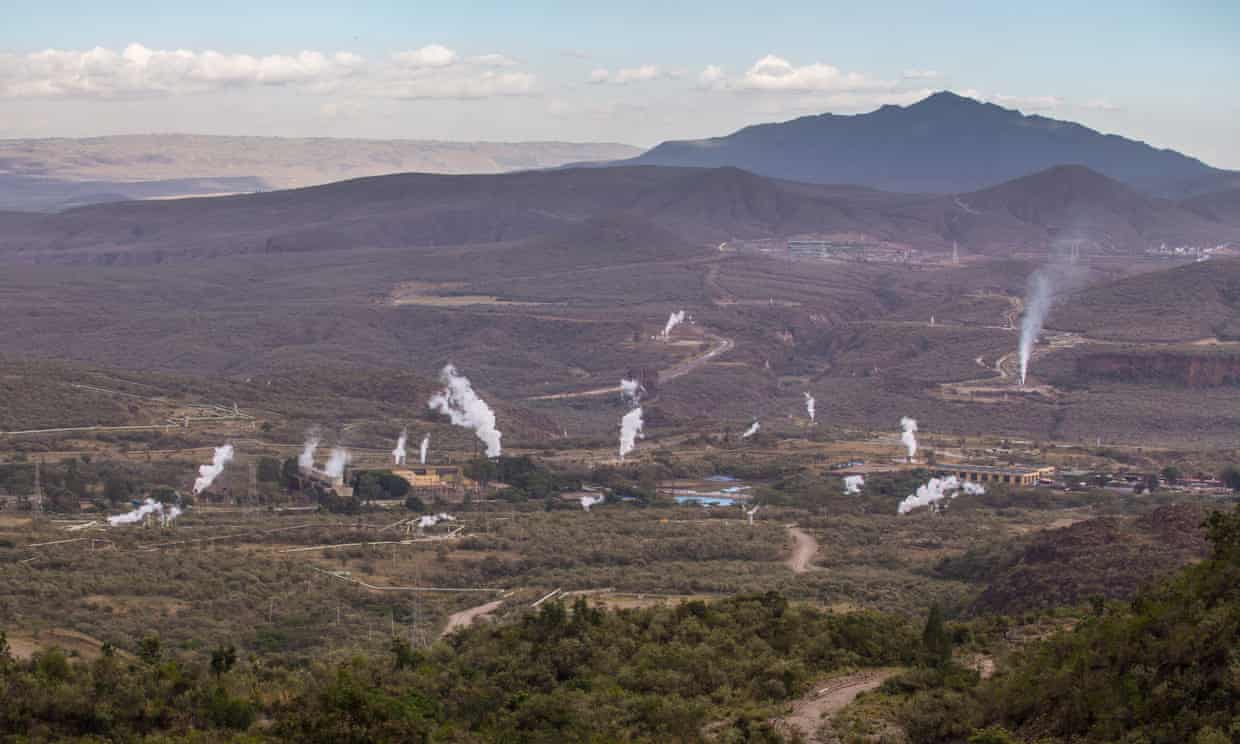Engineers are tapping the Rift Valley’s subterranean energy to power an expanding economy
 |
| Photograph: Lisa Murray |
In recent years, Kenya has been a frontrunner in expanding access to electricity. Since 2010, the proportion of the 44 million population with power has reportedly surged from one in five to three in five. This is largely thanks largely to steam from the subterranean depths.
Hell’s Gate is named after the sulphurous hot springs that bubble up in this part of the Rift Valley, a 3,500-mile fault line that is slowly pulling the African continent apart and bringing underground heat closer to the surface.
Engineers tap the energy by drilling up to 5,000 metres into the earth, then injecting water that returns to the surface as steam to drive turbines. As long as the water is carefully recycled, the energy is virtually renewable. Emissions of methane and other greenhouse gases are released in the process, but the impact on the climate per kilowatt hour is between a fifth and a ninth that of burning fossil fuels.
Some of the first investments in geothermal in Africa were approved by Inger Andersen, the incoming head of UN Environment, during her time at the World Bank. She recalls taking groups to Iceland 20 years ago so they could learn from the pioneering geothermal plants there. These days the visitors come to Kenya, which is set to overtake Iceland this year in generating capacity.
The goal now, she says, is for regional economies to skip the dirty phase of fossil fuel-powered development and go straight to clean growth. “I totally believe in leapfrogging when I see the renewable resources that are available in Africa,” she tells the Guardian. “Kenya is sitting on huge geothermal resources and is blessed with incredible sunshine.”